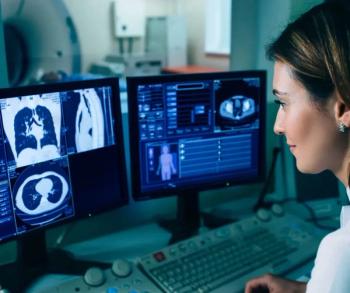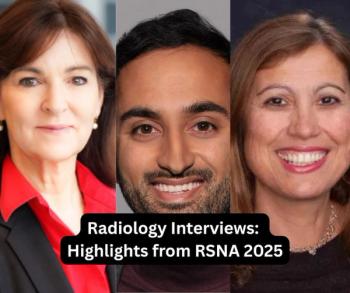Philips Set to Launch Enhanced Neurovascular Imaging System at ECR
Emphasizing upgraded angio suite capabilities as well as improved 2D and 3D imaging, Philips will unveil the Azurion Neuro Biplane System at the European Congress of Radiology.
In order to help enhance interventional workflows for neurovascular procedures, Philips is slated to debut the Azurion Neuro Biplane System at the European Congress of Radiology (ECR).
The
“Working closely with leading interventionists, we designed the latest Azurion neuro biplane (system) to meet their requirements of superior patient care, optimized angio suite performance, and efficient return on investment,” said Mark Stoffels, the business leader of image guided therapy systems at Philips. “Together, I am confident we can continue to reduce the impact of stroke, helping more patients to recover faster and reducing long-term impact on their health.”
The company noted that other key features with the Azurion Neuro Biplane System include automated beam rotation, improved C-arm rotation and X-ray detector positioning flexibility.
Newsletter
Stay at the forefront of radiology with the Diagnostic Imaging newsletter, delivering the latest news, clinical insights, and imaging advancements for today’s radiologists.





























